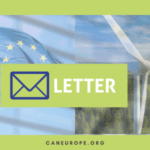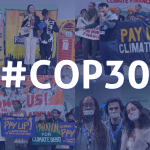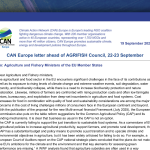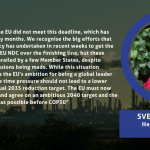
Statement from the Coalition for Higher Ambition urging to support an ambitious EU 2040 domestic emission reduction target ahead of COP30
Ahead of the European Council meeting (23-24 October 2025) members of the Coalition for Higher Ambition have written to EU Heads of State and Government




